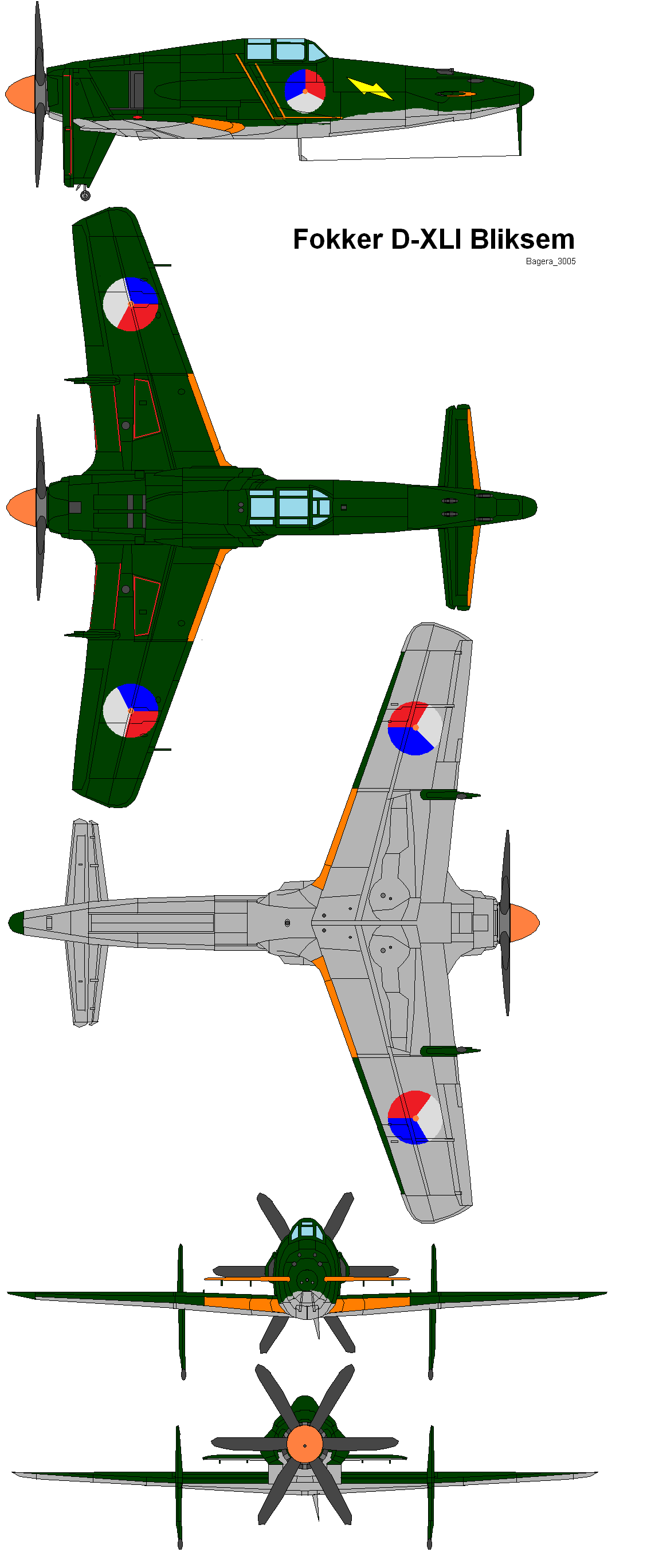HNLMS Admiral Adriaen Banckert (CV-1939)
(WAS HNLMS Karel Doorman (CV-1939))
A red face for me. I just followed the Dutch naming for
aircraft carriers without thinking it through. Admiral Karel Doorman (1899-1942)
died at the Battle of the Java Sea, 3-4 years after the launch of this ship.
Oops.
Built to the same dimensions and basic hull shape as the Zeeland class battlecruisers, this allowed the designers to use the same propulsion systems messing and other internal arrangements for a saving in costs. The Dutch design team had no experience with large vessels for carrying aircraft to sea. Assistance was sought from the Royal Navy dockyards which was given as the Netherlands was linked to Britain by self defense treaties that allowed for this type of help to go both ways. The Dutch supplied the British with the details of the new twin 40mm designs which were gratefully accepted.
The British supplied details of the hull construction of the Ark Royal type which was also a two hangar deck design. The features and advantages of the enclosed bow were shown to the Dutch design team which accepted the logic. To assist with this the Dutch added the hangar curtain system which allowed a draft to be set up from the bow to take aviation fuel gases out of the hangar decks. This allowed for engine start-up and maintenance on the hangar decks, prior to the aircraft being raised to the flight deck by elevator.
The same heavy AA gun system utilising the dual purpose 4.7" introduced by the Zeeland type was fitted to this ship. The 40mm were the new mountings, with 20mm guns rounding out the light AA. The armour systems were pure Dutch and added a 3.9" armoured belt enclosing the machinery, aviation/fuel tanks and magazines with horizontal armour in two parts with a 2" armoured flight deck with a 2.6" armoured main deck. The idea being to keep the ship alive. The first armour on the flight deck to trigger the bomb/shell while the main deck would ensure the detonation went up and away from the parts of the ship that were more likely to go boom.
| Displacement | 28,500 tons std 37,500 tons full load |
| Length | 780 ft flight deck. |
| Breadth | 92 ft (hull) 124 ft flight deck |
| Draught | 28 ft |
| Machinery | 4 shaft steam turbines, 150,000shp |
| Speed | 32 knots |
| Range | 9000 miles at 15 knots (3,000 nm at 28 knots) |
| Armour | 3.9" side, 2" FD 2.6" deck |
| Armament | 16 x 4.7" (8x2) 28 x 40mm (14x2) 20 x 20mm (20x1) |
| Aircraft | 66 |
| Torpedoes | nil |
| Complement | 1900 |
| Notes | HNLMS Adriaen Banckert |
The Dutch aero industry was not in a position to build the aircraft necessary for the Navy. Mainly due to the low numbers involved. If it could have altered existing aircraft in production there would have been no problem. Because of this Fokker was asked to produce a new design using existing parts but put together in a new format. Fokker designed the D-XLI Bliksem canard type aircraft for the navy. (One for Alexander Alvama).
While waiting for the new aircraft the Dutch Navy was using the Hawker Hurricane as its fighter type. With the overrunning of the Netherlands by the Germanic States in 1940, the plans for the new aircraft were given to the Commonwealth for further design and production which was undertaken by the Commonwealth Air Corporation of Australis with first flight in 1941 and production in 1942. This went well with the Karel Doorman as the ship was operating with the Australis and other Allied units in trying to block and stop the Japanese advances. Once carrier trials were completed the first operational squadrons were given to the Karel Doorman which used them to good effect in the following battles.

This is a straight copy of the Kyushu Jw7 Shinden Canard style fighter produced by Japan in 1944-45. I have relabeled it as I figure the Japanese had stolen the plans out of the Dutch East Indies (just to give the Dutch a very good air superiority fighter for its carrier).